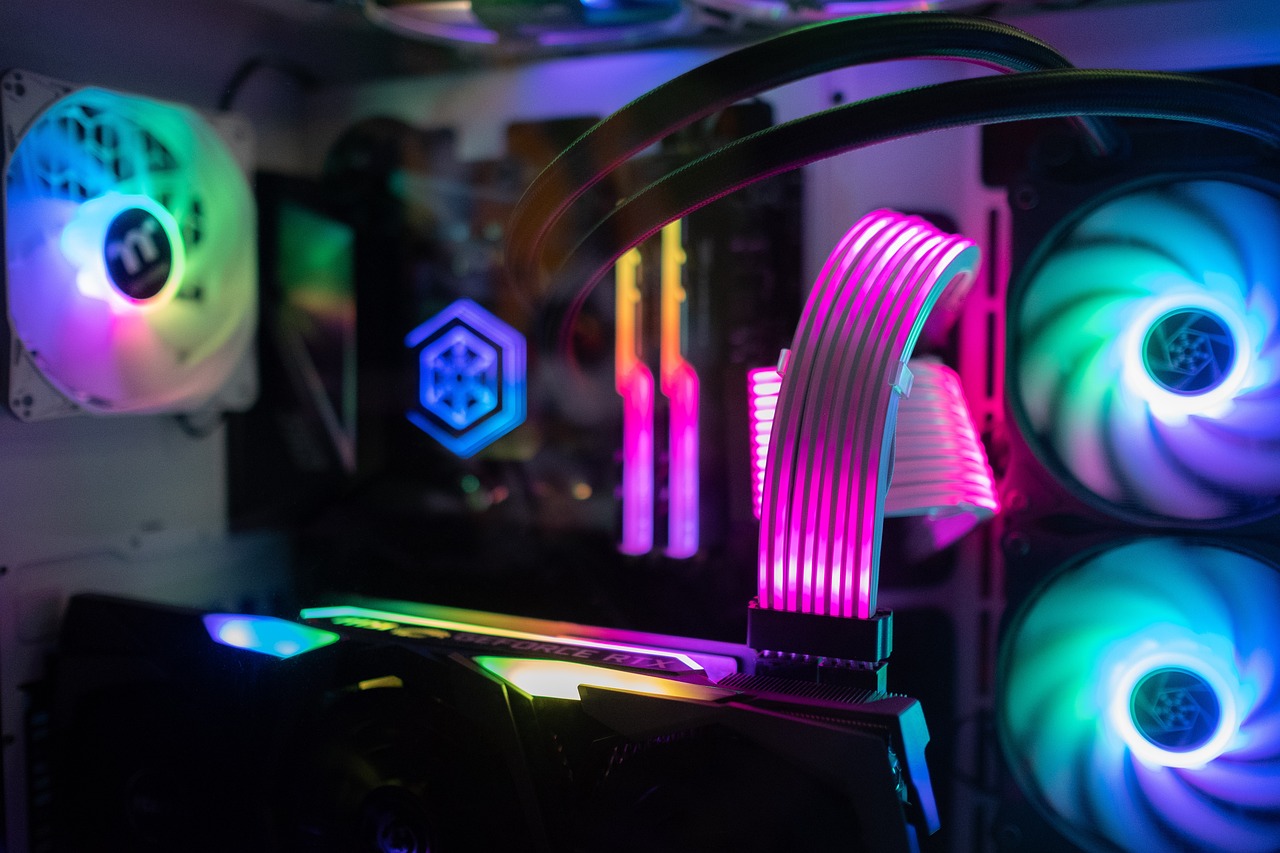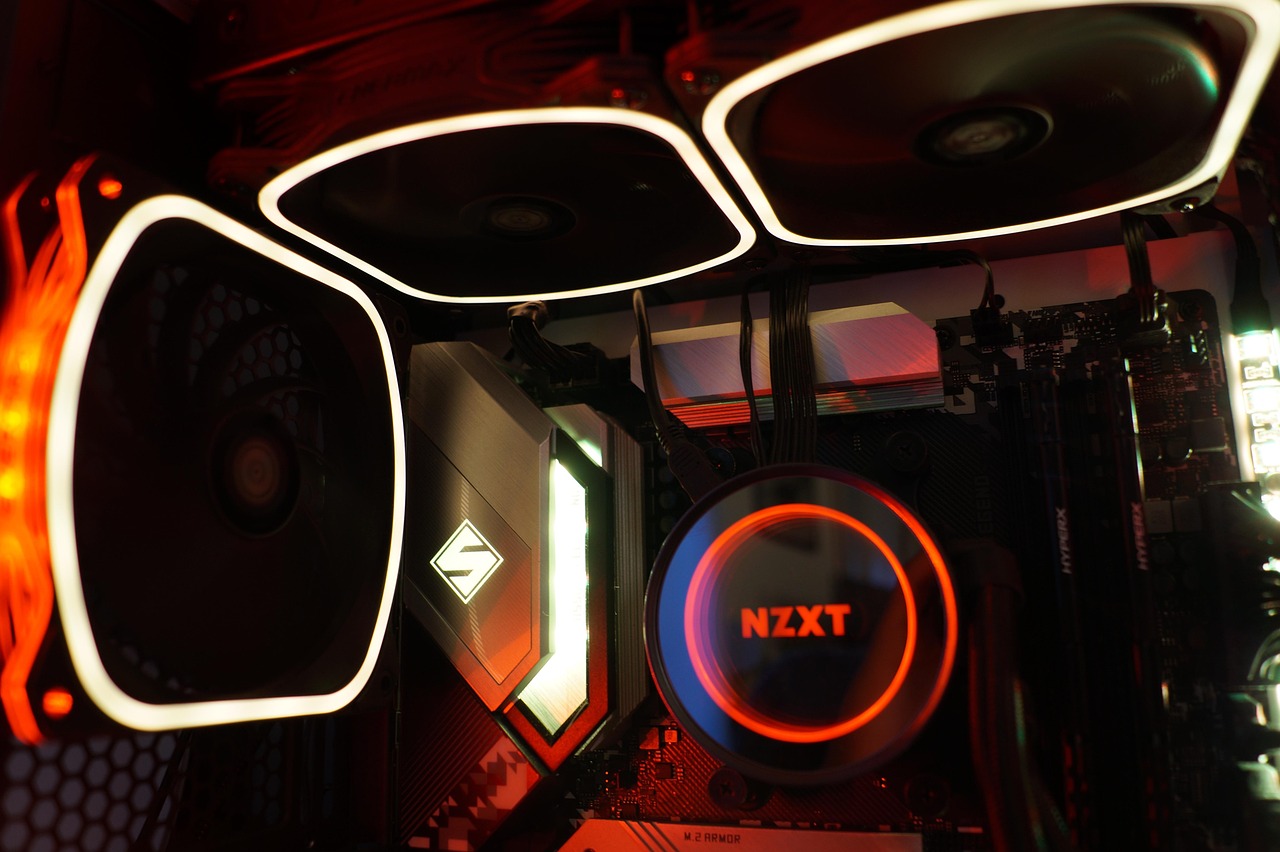When milliseconds can mean the difference between victory and defeat, low latency is key to an exceptional gaming experience. Ever wondered why some games feel smoother and more responsive while others lag at the most critical moments? That’s where latency optimization comes in.
This guide will help you understand latency and equip you with practical strategies to reduce it. Whether you’re battling it out in an online multiplayer game or exploring open worlds, we’ll show you how to optimize your PC, network, and settings for the smoothest gameplay possible.

Understanding Latency in Gaming
What Is Latency?
Latency is the delay between a user’s action (like clicking the mouse or pressing a button) and the game’s response. It’s measured in milliseconds (ms). For gamers, latency can occur in two forms:
● Input Lag: The delay between your input (e.g., moving the mouse) and it being reflected on the screen.
● Network Latency (Ping): The time it takes for data to travel from your device to the game server and back.
Why Is Low Latency Critical?
High latency can ruin an otherwise enjoyable gaming experience. Competitive gamers, especially in FPS, RTS, or MMO games, know that low latency is essential for responsive gameplay. Common signs of high latency include delayed actions, rubber-banding, or slow character responses
For instance, imagine firing a shot in a first-person shooter (FPS) game, only to have your opponent dodge because the delay caused your input to register late. Frustrating, right? With low latency, every action feels smooth, giving you a competitive edge.
Optimizing PC Hardware for Low Latency
Upgrade to a Low-Latency Monitor
A good monitor is crucial. Look for these specs:
● Refresh Rate: Choose 120Hz or higher for smoother visuals.
● Response Time: Opt for a monitor with a response time of 1ms to reduce input lag between your actions and what you see.
Powerful GPU and CPU
Your GPU and CPU directly impact game performance:
● GPU: Invest in a high-performance graphics card to handle demanding games at higher frame rates.
● CPU: Avoid bottlenecking; pair your GPU with a powerful CPU.
Always keep your GPU drivers updated to access performance improvements and bug fixes from manufacturers like NVIDIA or AMD.
Faster RAM and Storage
● RAM: Upgrade to DDR4 or DDR5 memory. Faster RAM reduces latency during gameplay, especially in resource-intensive games.
● Storage: Switch from HDD to SSD. SSDs not only load games faster but also minimize stutters caused by reading game assets during play.
Peripheral Devices Matter
The tools you interact with must be fast and responsive:
● Use low-latency gaming mice and keyboards. Look for devices with high polling rates (1,000Hz).
● Opt for wired peripherals over wireless. Cables ensure lower input lag compared to many wireless options. Popular picks include Logitech G Pro X and Razer Huntsman.
Operating System and Software Tweaks

Disable Background Processes
Background apps can hog resources and increase latency. Use Task Manager to disable unnecessary programs before you start gaming.
Set Game Mode & GPU Priority in Windows
Windows has a built-in "Game Mode" designed to optimize performance. To enable it:
● Go to Settings > Gaming > Game Mode and toggle it on.
Additionally, prioritize your GPU for games by setting your preferred GPU under Graphics Settings for high-performance applications.
Use a High-Performance Power Plan
Ensure your PC is running on its “High Performance” or “Ultimate Performance” power plan. This eliminates power-saving features that can reduce gaming performance.
Update Drivers Regularly
● GPU or improved FPS and lower latency.
● Chipset and Network Drivers or system stability and faster data transfers.
Outdated drivers can cause inefficiencies and compatibility issues!
Graphics Settings for Low Latency
Lower Graphics Settings for Higher FPS
Frame rate and latency go hand in hand. Lowering in-game graphics settings like shadows, textures, and anti-aliasing can boost FPS and reduce latency.
Enable Low-Latency Mode
Both NVIDIA and AMD provide low-latency options:
● NVIDIA users can enable “Ultra-Low Latency Mode” in the NVIDIA Control Panel.
● AMD users should activate “Radeon Anti-Lag” via the AMD Radeon Software.
V-Sync Alternatives
While traditional V-Sync eliminates screen tearing, it can increase latency. Instead, consider:
● G-SYNC or FreeSync to eliminate tearing while minimizing latency.
Network Optimization Tips
Use Ethernet Instead of Wi-Fi
Wi-Fi is convenient, but it adds latency and packet loss. Switching to Ethernet ensures stable and faster connections, critical for online gaming.
Optimize Your Router
● Quality of Service (QoS): Prioritize game traffic in your router settings.
● Port Forwarding or UPnP for faster connections to game servers.
● Firmware Updates ensure your router is optimized with the latest features and bug fixes.
Choose the Right Game Servers
Select servers closest to your location. Many games allow you to pick specific regions for lower ping or use a VPN to connect to optimized servers.
Reduce Network Traffic
Pause downloads, stop streaming, and restrict background activity when gaming. Fewer devices actively using the network reduce competition for bandwidth.
Advanced Tweaks and Tools
Overclocking (Use With Caution)
Overclocking your CPU or GPU can improve performance, but it comes with risks (like overheating). Tools such as MSI Afterburner make overclocking manageable by letting you monitor temperatures and voltages.

Monitoring Tools
Track your gaming latency and system performance using:
● MSI Afterburner for FPS and hardware stats.
● LatencyMon for detecting system-level latency issues.
● PingPlotter to analyze network ping and packet loss.
Reduce Input Latency on Peripherals
● Turn off “Pointer Precision” in mouse settings as it introduces unnecessary delays.
● Minimize polling rate on peripherals if your system has issues handling high rates to avoid stuttering
Avoid These Common Mistakes
Finally, avoid behaviors that could throttle your gaming performance:
-
Running games in battery mode. Always game while plugged in for maximum power.
-
Using outdated drivers, firmware, or software versions.
-
Gaming on public Wi-Fi or overloaded networks.
-
Having unnecessary third-party software consuming system resources.
FAQs of optimizing a gaming pc for low latency
1. What is a good latency for gaming?
A ping under 50ms is considered excellent. Between 50- 100ms is still playable. Above 150ms and you'll start to notice real problems.
2. Can latency be caused by hardware?
Absolutely. A weak CPU, insufficient RAM, or a slow hard drive can all contribute to higher system latency.
3. Is 5 GHz Wi-Fi better for gaming?
Yes, 5 GHz offers faster speeds and lower latency compared to 2.4 GHz, but it has a shorter range. If you're close to the router, go 5 GHz.
4. How often should I update drivers?
Check for GPU driver updates at least once a month, or whenever you're playing a newly released game. Network and chipset drivers should be updated quarterly.
5. Are gaming VPNs useful for reducing latency?
In some cases, yes. A VPN can provide a more direct route to game servers if your ISP is routing inefficiently, but it can also add latency if not configured correctly.
Harness the Power of Low Latency
Optimizing your gaming PC for low latency doesn’t have to be overwhelming. With the right combination of hardware upgrades, software tweaks, and network optimization, you can enjoy ultra-responsive gaming and gain that all-important edge in competitive play.
Start small and work through the steps outlined here, testing each change methodically.
Looking for help beyond gaming? Check out this guide on how to choose a web design agency if you're building a professional online presence.


